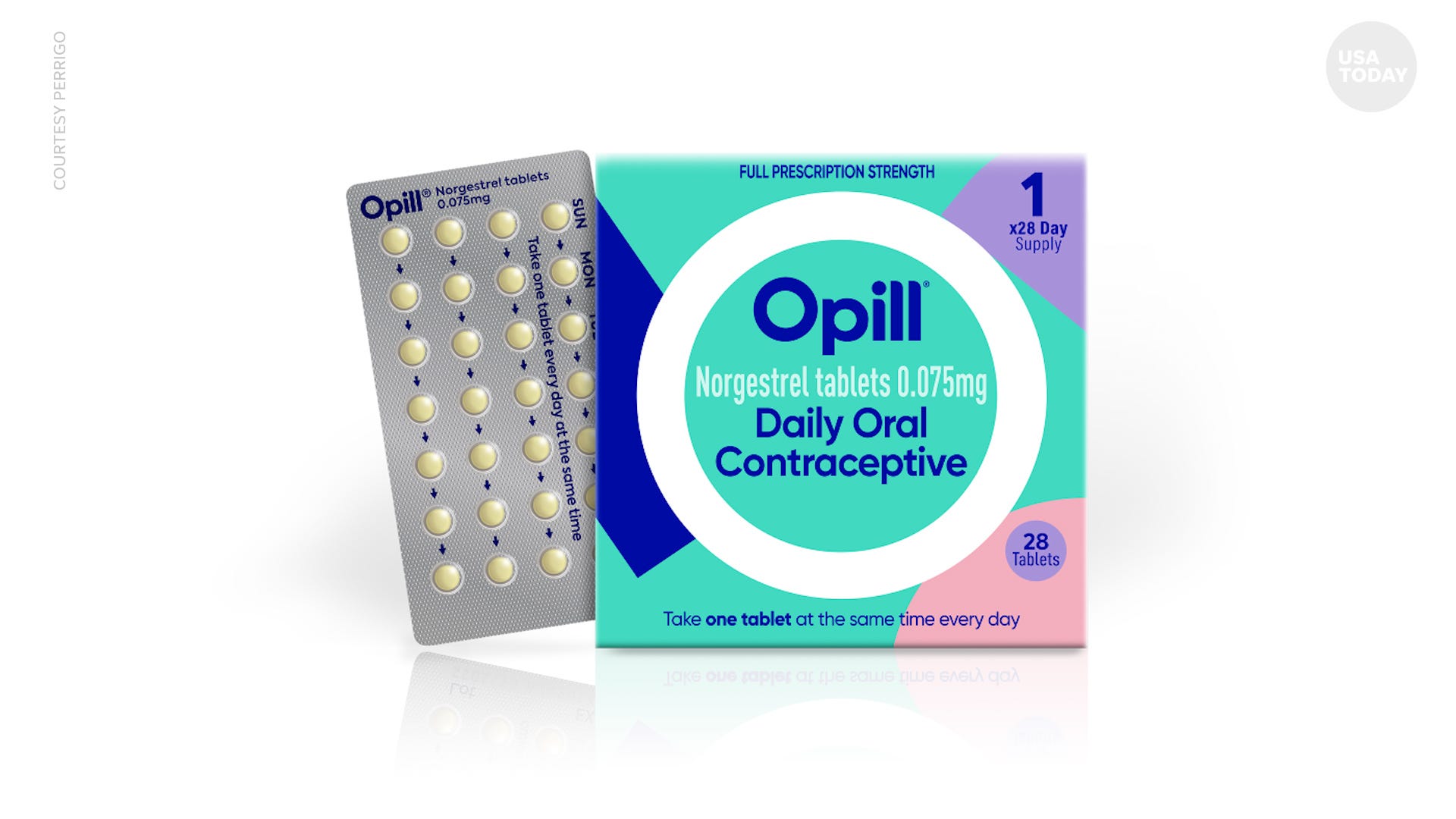
In the last couple of months, there have been a number of high-profile incidents of domestic abuse in the news.
The murder of Gabby Petito has received overwhelming media attention. Bodycam footage and a 911 call before Petito's death raised questions about possible domestic violence issues between Petito and her boyfriend Brian Laundrie, a person of interest in her death whose remains were found Wednesday in a Florida wilderness park. Rapper Tyga, real name Michael Stevenson and famously the former beau of Kylie Jenner, was arrested last week after an ex-girlfriend shared photos of his alleged abuse to her Instagram Story. The hugely popular series "MAID," which premiered on Netflix this month, explores the lesser understood dimensions of emotional abuse.
There have been several important cultural moments before. Advocates point to the abused housewife Farrah Fawcett played in the 1984 film "The Burning Bed," the O.J. Simpson trial in the '90s, Rihanna's violent assault by ex-boyfriend Chris Brown in 2009, and to some extent #MeToo. But combatting domestic abuse requires far more than increased public awareness – it is a complex social problem with many causes, different prevention points, affecting different populations with different needs. It also goes well beyond the highly sensationalized cases of physical violence or murder.
One in 3 women has experienced intimate partner violence, according to the Centers for Disease Control and Prevention.
"I don't know how many moments we have to have before it matters," said TK Logan, a professor at the University of Kentucky whose research focuses on intimate partner violence, specifically stalking. "I've been studying this for almost 30 years and the attention comes in waves. It's good to talk about it. I don't mean to minimize that, but we have to do more than talk. We need to start helping women."

The term is "domestic violence," but what does it mean? What do we understand and what do we still refuse to see? As advocates and survivors try to explain, on this Domestic Violence Awareness Month and every other opportunity they get, this abuse isn't just black eyes and bloodied noses. It's control and degradation, a sickness in the belly, terror in the night. It's the partner who scrutinizes what you eat, monitors what you spend, who you talk to, when you come home and especially when you leave. It's eggshells on every floor. It's guilt and gaslighting.
It's time, experts say, for society to stop asking, "why didn't you leave?" when the questions really should be, "why is it so hard to?" "why does he hurt you?" "why did you feel you had to stay?"
"We love quick policy fixes. We love more police. We love more prosecutions. And none of that is actually going to stop this problem, and hasn't," said Leigh Goodmark, director of the Gender Violence Clinic at the University of Maryland Carey School of Law. "What many people are coming to realize is that doing this work takes time and effort and energy, and isn't sexy and isn't easy and isn't just soundbites."
Advocates say we need to increase public awareness, but not stop there
Domestic violence is a pervasive social problem that cuts across race, age, income, sexual orientation, religion and gender — in terms of both victims and perpetrators. Domestic violence disproportionally impacts women of color.
Public awareness matters to the extent that it helps people understand the dynamics of domestic abuse. More people who can spot abusive behavior can help intervene. More people who understand the barriers survivors face in ending an abusive relationship can offer tangible support once they are ready to leave. It's important to educate individuals because they will become jurors on domestic abuse cases, leaders in their workplaces, local lawmakers in their communities.
But despite decades of advocacy, stereotypes about domestic violence persist, including that all perpetrators look like "monsters" or that abuse always begins right away. One of the most entrenched, said Gillian Pinchevsky, an associate professor of criminal justice in the University of Nevada, Las Vegas, is that domestic violence is only physical. Pinchevsky said in her class, she asks students to draw a picture of "domestic abuse." The majority draw physical violence, a female victim and a male perpetrator.
Domestic abuse can be physical, sexual, emotional, economic and psychological, according to the Justice Department. Many victims say the physical abuse isn't even the worst part.
Survivors themselves can internalize domestic violence myths, making it that much harder for them to recognize their abuse or name it. In an early scene in Netflix's "MAID," the protagonist Alex, played by Margaret Qualley, is trying to leave her boyfriend, who manipulates her, berates her, coerces her, punishes her, but never actually hit her.
"I'm not abused," she tells a social worker.
Examine systems that 'don't help people'
Pinchevsky said the criminal justice system also places a heavy emphasis on physical violence, which is partly why some researchers and scholars say it's not the most appropriate entity to address domestic abuse.
"It has failed victims over and over and over and over again," she said.
Goodmark is among those scholars who argue the criminal and legal systems are not equipped to sensitively and fairly respond to these cases, especially when custody is involved.
"These systems don't help people," she said. "They're not stopping intimate partner violence. They're not lowering rates of violence, and they are really hurting the people who, in theory, they were meant to help."
A USA TODAY investigation in December found that in defiance of widely accepted best practices, Florida removes children from parents – most of them mothers – who have been battered by an intimate partner.
Goodmark also doesn't believe the prison system is the best way to hold perpetrators of domestic abuse accountable.
"What prison does is expose people to trauma that they then take with them back out into their relationships," she said. "It resolves none of the issues that brought them into the system in the first place."
A 2010 study sponsored by the Bureau of Justice Statistics found that domestic violence offenders whose sentences included a jail term had higher odds of domestic violence recidivism. It found victim-oriented treatment and anger management interventions were associated with lower odds of perpetrating domestic abuse again during a five-year period.
Go deeper on what causes people to commit violence
Advocates say the culture needs to think deeply about better ways of responding to abuse and preventing it, which can include public health approaches as well as community-based solutions.
It's also important to understand why people perpetrate. Before a person commits abuse, a whole host of things happen in their life. The dominant characterization of domestic violence suggests it's about someone wanting power and control over another person. Goodmark says she agrees that power and control over a partner are often the outcome, though she isn't convinced it's always the motivation.
"We have to look critically at that narrative to say, 'What are the other things that cause people to be violent?' Is it about wanting power and control of a partner? Is it about wanting control in anyone's life? And how do we give people that feeling of control so that they're not acting out? Is it about masculinity and what people learn about masculinity and the use of violence? Is it about economic stress?"
Goodmark says you cannot separate economic issues from violence.
"One of the really interesting statistics that came out of the pandemic was that early on, domestic violence increased significantly. And then in April of 2020, you see it dip pretty sharply," she said. "That coincided with the first stimulus checks. So we have to ask why. Why is that?"
Stop punishing women who are not 'perfect victims'
The Petito case captivated a nation, but experts in gendered violence say the conversation has lacked context on why it's so difficult for women to get help when they need it.
A video released by the Moab Police Department in Utah shows an officer pulled over Petito and Laundrie's van in August. Laundrie appears calm and laughs with officers, while Petito is visibly shaken and one officer said she was hyperventilating. Petito said Laundrie grabbed her face, and officers are heard discussing how a witness said they saw him shove her. Petito tells officers she hit Laundrie.
Officers decided Petito was the aggressor.
In the 1980s, Goodmark said research came out that said arrest was likely to decrease recidivist violence. In response, many states adopted mandatory arrest laws, including Utah, which say that if police show up to the scene of intimate partner violence and they have probable cause to make an arrest, they have to.
The result, Goodmark said, is that arrest rates for women went through the roof. Not because women were all of a sudden becoming violent, but because of the way police implemented those laws. Women tend to admit to the violence that they use, because they see that violence as aberrational.
Police go to the scene and a woman says, "Yes, I hit him, because he was strangling me" or "Yes, I hit him," and she's given no opportunity to explain how it was in self-defense. Sometimes strangulation injuries aren't visible but scratch marks are.
If a woman, especially, is anything less than a perfect victim, Goodmark said, if they are emotional, or angry, if they have a mental health issue or a criminal history, that is used against them.
"There are a million different ways that the police can say, 'Well, clearly you're not a perfect victim, and therefore you're a perpetrator,'" Goodmark said. "And once you have been identified as the perpetrator, the switch flips, and no one in that system, not police, not prosecutors, not judges, can see you as a victim anymore."
Start asking the right questions
The "unsexy" solutions to domestic violence are wide-ranging and dovetail with other societal ills, including structural sexism and racism. But they are not easy or always straightforward. It's preventing kids from being abused and neglected, from seeing violence in their homes, from witnessing violence in their communities. It's building violence prevention into schools, ensuring people's basic needs are met, giving communities tools to hold perpetrators accountable. It's funding research and safety nets and programs that help women while they're in abusive relationships and when they leave.
In "MAID," Alex is at times desperate but also resolute. She wants a better life for herself and her daughter. She's upended and uprooted, over and over again. She encounters systems with no logic, people with no empathy, and puts one foot in front of the other even when she does not know where the road will go. When the social worker asks if she has any special skills, her mind flashes to her 2-year-old daughter Maddy, the pair of them gleefully twirling on a beach, Alex quietly rocking her in the sun, cultivating the child's joy in spite of her own misery. This is a skill. This is survival.
"The lack of easy solutions can lead people to just throw their hands up and say, 'You know what? We can't fix this.' It's been with us since the beginning of time. It will always be with us," Goodmark said. "I think that so much of the coverage is always about what should law enforcement have done differently to prevent this from happening? And that's the wrong question. The question should be, 'what could we have done at every step along the way in this couple's relationship to prevent this from happening?' And when we start asking that question, then we'll start getting to solutions."
Source link









